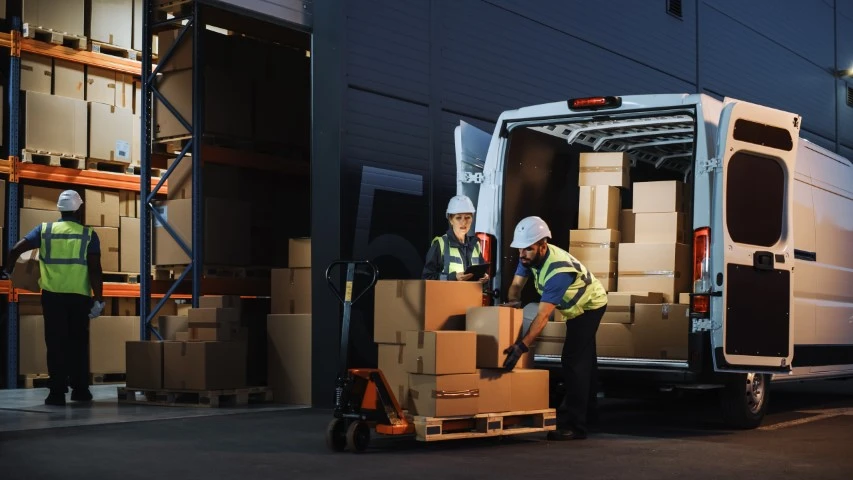What The Toby Carvery Oak Tree Fallout Means For Environmental And Safety Functions

What The Toby Carvery Oak Tree Fallout Means For Environmental And Safety Functions
Toby Carvery, a well-known pub and restaurant brand in the UK, owned by Mitchells & Butlers, has been under the spotlight for its environmental and safety management practices. In April 2025, Toby Carvery in Enfield, North London ordered the felling of a 500-year-old oak tree on the advice of specialist arboriculture contractors, who had warned them that the tree was a potential health and safety risk. There was a strong reaction from the local council (the freeholder of the land which Toby Carvery leased), the media and the public.
Enfield Council considered taking “appropriate legal action”; the Daily Mail, a leading UK tabloid, headlined the story; and hundreds of people staged a protest. For a short period, the tree felling was one of the top stories on the BBC News main page.
In addition to the complex UK property law dispute and public relations battle that all parties find themselves involved in, the incident raises some interesting points for those managing corporate environmental and safety concerns. Notably, it illustrates the:
- Broad impact that decisions about environmental and safety incidents can have.
The Toby Carvery tree felling shows that environmental and safety concerns go beyond a firm’s internal EHS department, highlighting the need to map EHS issues to the concerns of other functions. In this case, the tree felling involves legal, property management and sustainability functions: the tree was deemed to be of “irreplaceable ecological value”, and it is not clear if Toby Carvery had the legal right to cut it down. Given the visibility of environmental and safety practices – and the emotional response they can evoke – EHS matters that impact multiple organizations should be handled with particular care. There is a clear need for good communication between respective EHS teams to reach a consensus on action. The stark difference in opinion on the best course of action in this instance suggests a lack of communication between Enfield Council and the Mitchells & Butlers EHS team. - Environmental protection and safety management headache posed by tree management.
The UK’s Health and Safety Executive (HSE) notes that five to six people each year are killed by falling trees and branches. In addition to fatalities, the improper management of tree risk can lead to significant disruption – and legal action. Environmental compliance is a key issue for EHS practitioners. Felling a tree that is subject to a tree preservation order in the UK can incur a £20,000 fine, in addition to the detrimental biodiversity impact such action can have, especially for trees of significant size. The good news is that firms are continuing to take environmental compliance and safety risks seriously, increasing spend on these issues. At least 25% of EHS practitioners will raise spend on environmental compliance and on addressing safety hazards and risks by at least 10% in 2025 (see Verdantix Global Corporate Survey 2024: EHS Budgets, Priorities And Tech Preferences). This will give them greater scope to pursue optimal solutions. - Importance of leveraging technology and developing a risk management strategy for EHS concerns.
The Toby Carvery tree fallout is a multifaceted risk management case study. A few niche software platforms directly manage tree risk: PlanIT Geo provides data on and assists with operationalizing tree management, while Mapscape helps manage the safety risks and benefits of trees for carbon sequestration. Ingenious EHS managers can also adapt enterprise EHS software platforms with good asset management modules to manage trees on their sites (see Verdantix Green Quadrant: EHS Software 2025). However, despite technology innovations, EHS mismanagement and the resultant fallout will at times still occur. Firms should therefore also consider how to mitigate reputational risks when developing an EHS strategy. For businesses especially exposed to tree risk, such as in the forestry and logging industry, it is worth considering specialized solutions when undertaking a software selection process.






















